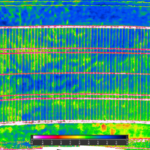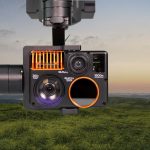Discover the Invisible World
Thermal and infrared cameras
Experience unmatched precision with a thermal camera. So why settle for ordinary vision when you can experience the extraordinary with a thermal camera?
What we do?
Workswell designs and produces the series of thermal and infrared cameras to be used with any kind of UAV (unmanned aerial vehicle) or UGV (unmanned ground vehicles). The portfolio includes drone thermal cameras like WIRIS Pro, WIRIS Pro SC, WIRIS Agro and GIS-320 for the gas leak detection including suitable gimbals. The flagship of the WIRIS series is named WIRIS Enterprise and it can be used with any UAV or UGV platform on the market. It helps in industrial inspections, search and rescue operations, R&D or in high demanding applications that require all-in-one multiple sensor operations (Thermal, RGB, Range Finder ).

Applications
In the industrial sector, thermal drone cameras can be used to monitor the temperature of equipment and machinery in real-time, allowing for early detection of potential malfunctions and preventing costly downtime.
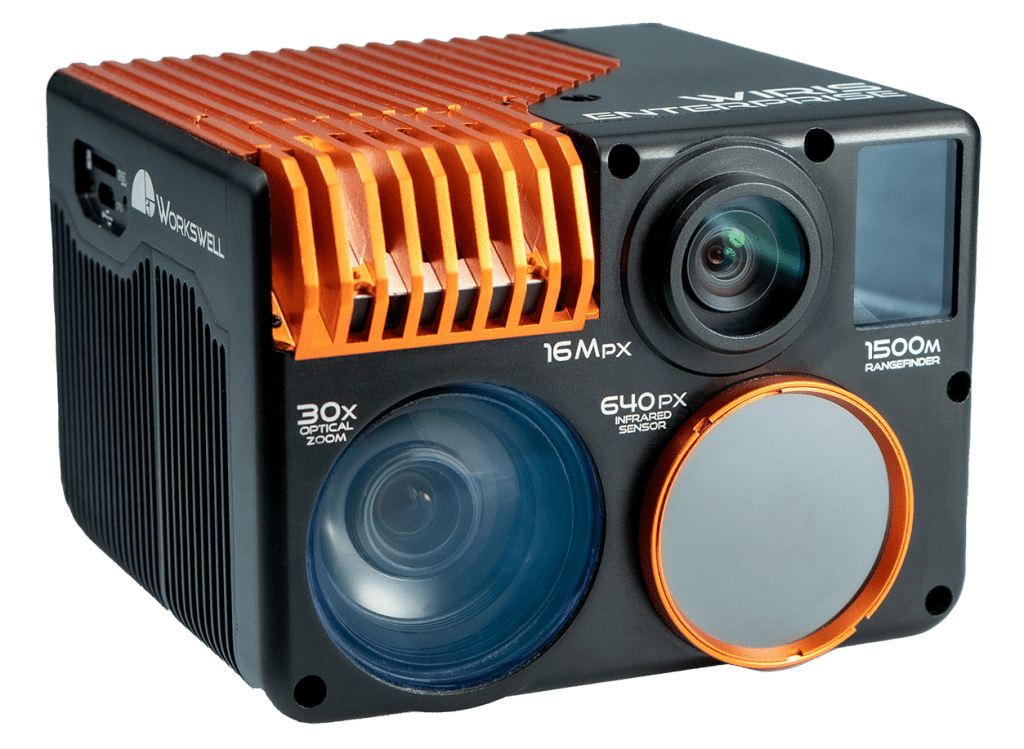
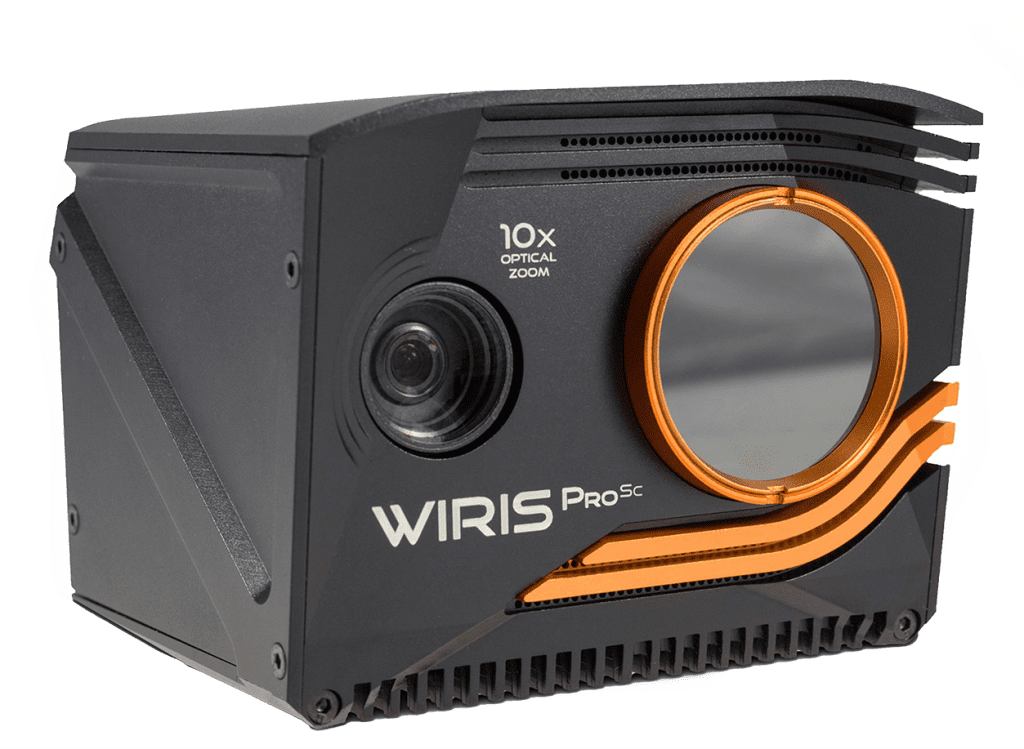
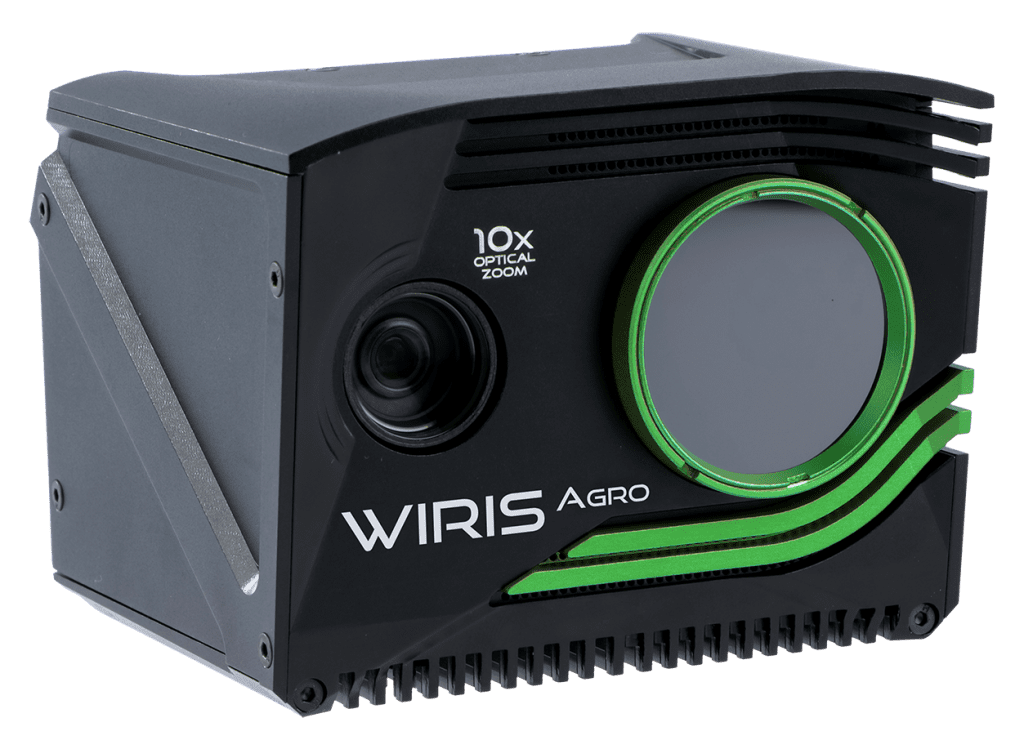
Our advantages
Perfect support
Our mission is to have not just premium products, but also the fantastic support.
SSD Memory on board
Provides faster data access and improved system performance .
Worldwide partners
You can find our partners in many countries around the world.
Compatibility
All thermal and infrared cameras are compatible with majority of platforms available on the market.
Development
The ongoing development holds great promise for improving capabilities and expanding their range of applications.
Details are important
Thermolab is a software for detailed analysis of thermograms from thermal and infrared cameras, allowing the user to edit the data into different formats and create clear reports from the thermograms. All standard data analysis functions are available in the program (temperature at a point, minimum and maximum of the area, temperature profile, zoom, temperature scale change, color palette, emissivity, etc.) as well as extended functions such as GPS location of the image and the ability to display RGB digital images.
Get's in touch!
References
technology for leading brands











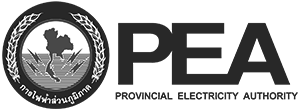


Latest news
-
Thermal Imaging from Drones: A Revolution in Monitoring with Thermal Cameras by Workswell">Thermal Imaging from Drones: A Revolution in Monitoring with Thermal Cameras by Workswell
A thermal camera is an invention that is beneficial for a wide range of industrial, research, and security applications. Workswell, a prominent European manufacturer of thermal cameras based in the Czech Republic, is at the forefront of this technological revolution. Their latest innovation uses thermal cameras on drones for aerial thermal imaging. Camera Description Workswell thermal... -
Are WIRIS thermal cameras compatible with DJI drones?
Blog DJI with a thermal camera Drones have become increasingly popular in recent years, providing a unique perspective for capturing stunning aerial footage. DJI is a well-known brand in the drone industry, offering high-quality drones for both hobbyists and professionals. However, to take their capabilities to the next level, many drone enthusiasts are looking to pair... -
Encyclopedia of thermal cameras: everything you want to ask
STRONG PARTNERSHIP Encyclopedia of thermal cameras Thermal cameras have become an increasingly popular tool in a wide range of industries, from building inspections to surveillance and security. These cameras can detect and display thermal energy emitted by objects, providing valuable insights into temperature variations and potential issues. However, with the growing interest in thermal cameras, there...

